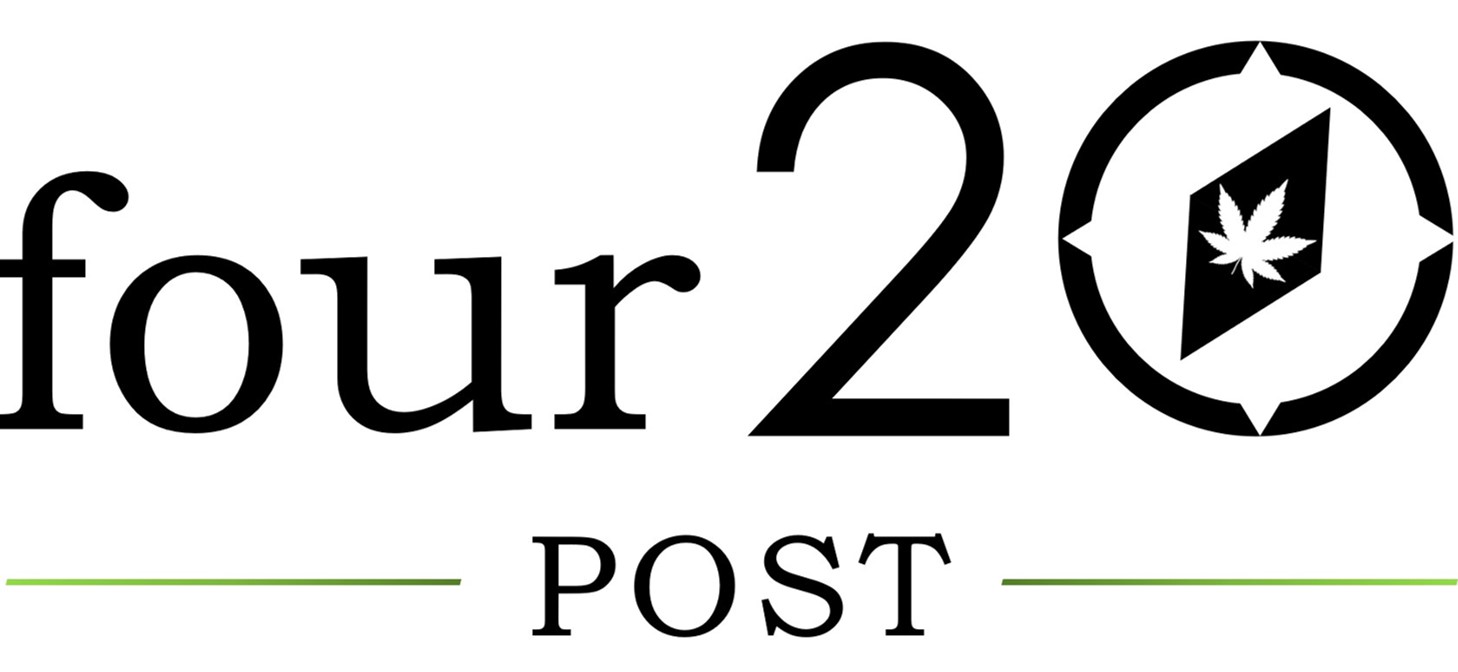A legalized cannabis market is supposed to protect consumers with enhanced product transparency—but in Michigan, the situation is murky.
Here’s how it’s supposed to work: Cannabis flower and infused products are tested by state-licensed labs for potency and contaminants such as pesticides and heavy metals. Those lab findings are then used on product labels for each production batch.
Why, then, does it still seem like the public at large simply doesn’t know what to make of the data they’re seeing—or perhaps worse—know when to identify when critical data is missing?
That’s because all testing data is entered into Metrc, which is the state’s “seed to sale” tracking system. And since Metrc is a closed system, accessible only to state regulators and licensed operators, there remains a fundamental lack of transparency in cannabis testing data.
As the owner-operator of a licensed lab testing company (aka Safety Compliance Facility or SCF), I wanted to share an insider’s perspective on some key weaknesses in Michigan regulations.
Facility Audits and Investigations
Among its other duties, the state’s Marijuana Regulatory Agency (MRA) performs audits of cannabis business license holders if there is cause for investigation. For example: If a consumer bought a package of their favorite strain, only to get home, crack it open and see what they think is mold on the bud, they might submit a formal complaint. At its discretion, the MRA may choose to assign a SCF (not the original lab) to go to the grow in question, conduct a sampling, perform the test in question and submit the results to Metrc.
Similar audits are performed across license types—cultivation, processing, testing—including when complaints are made against SCFs themselves. As many within the industry know, there are unfortunate discrepancies in results that appear across different SCFs, sometimes resulting in conflict and accusations of inflating THC percentages, for example. Here’s the rub: Michigan’s own SCFs are essentially responsible for adjudicating these matters through the MRA’s audits, which appears on its face to be somewhat problematic.
A deceivingly easy solution is to simply not use SCFs for audits—or at least, don’t use them as a tie-breaker lab. Rather, use a qualified, ISO 17025 accredited laboratory with no financial interestin the cannabis industry, whatsoever. MDARD’s Geagley Laboratory seems like an ideal solution, as an experienced, highly competent state laboratory, independent from the cannabis industry and the MRA itself.
“Testing the Testers”
But who tests the testers? How can anyone know which, if any of the labs are sound or scientifically credible? The truth is, in a closed system such as Metrc, without transparency, most laypeople—and even industry insiders—wouldn’t know.
One way of “testing the testers” is via what’s known as an interlaboratory comparison (ILC). To put it very generally, with an ILC, you have a group of labs testing the same sample blindly (they don’t know what the answer is supposed to be), and submitting their results.
Two sets of results come back: One is the “consensus value,” which is the calculated average of the results from each lab for a particular test. The other result is the “target value.” This is the true, known value of the sample—there’s no questioning it because ILCs use standard reference materials prepared by an ISO 17043 accredited laboratory and distributed by an associated coordinating body.
Michigan’s ILC program, conducted quarterly, is quite different. A so-called “host SCF” will homogenize a new batch “representative sample” and create subsamples for all other participating SCFs. Individual SCFs will then conduct the required analyses, send the data to Metrc, and are then left to assume that no news is good news. Because other than seeing how the samples and subsamples are prepared, SCFs don’t have a great deal of insight into the outcomes of Michigan’s ILC process (the critical data component).
Because the host SCF is creating a novel sample batch made out of existing flower (or concentrate, or infused products), there is no true target value. However, the MRA should have a consensus value, and they will certainly be able to identify outliers (e.g., every SCF except LabX got within +/- 10% of the same result). With other ILC providers, all other labs are anonymized and can see one another’s results.
That level of transparency—even anonymized—is critical in helping to gauge a properly functioning lab system.
Currently, federal prohibition is the primary driver that’s keeping the MRA’s process for ILCs as it is. Unlike other materials, high-THC cannabis products cannot be shipped across state lines for reference labs to establish the target value. However, an informal nationwide competition for lab-testing companies conducted by Emerald Scientific known as “The Emerald Test” uses hemp—which is something the MRA could certainly implement.
The Black Box of Metrc
Another key issue in testing transparency rests with the state’s product tracking system. Once testing information is sent to the MRA via Metrc (as well as the individual client), it becomes largely unknown to consumers. Outside of the certain labeling requirements, it’s up to individual Provisioning Centers or even budtenders themselves to provide testing information—if they have it. However, it isn’t always made available, and even this can become more complicated.
For example, there is a debate within the industry about whether or not a “remediated product” (e.g., flower that failed microbiological testing limits and went through a process such as ozone or radiation exposure) should be labeled as such. Before even addressing that, though, we’d have to deal with the basic gaps that currently exist in product labeling. Incorrect, missing or outdated testing information on product labels often goes unnoticed, since that tends to be one of the final of many highly complicated steps to get a product to market.
However, once that product is on the shelves—it would be ideal if consumers could simply type the production-batch information into a database and see the associated testing results. Not only would they see the final test results, but they may have more appreciation for all the time, thought, expense and care that went into the formulation of the product itself.
If the black box of Metrc was opened to the public, researchers and universities could help provide further insights into the data.
When we don’t have access to the information and can only count on what may be inaccurate data—we lose faith in the whole system.
We certainly didn’t coin the phrase, but at PSI Labs we like to say “knowledge is power.” Knowledge emboldens us. It gives us more power to make informed choices about what we consume or spend our money on.
Benjamin J. Rosman, J.D., co-founded PSI Labs in 2015 after a legal career specializing in medical marijuana criminal defense. In his role as CEO, Ben advances PSI Labs’ mission of excellence in scientific testing across medical and recreational markets.






